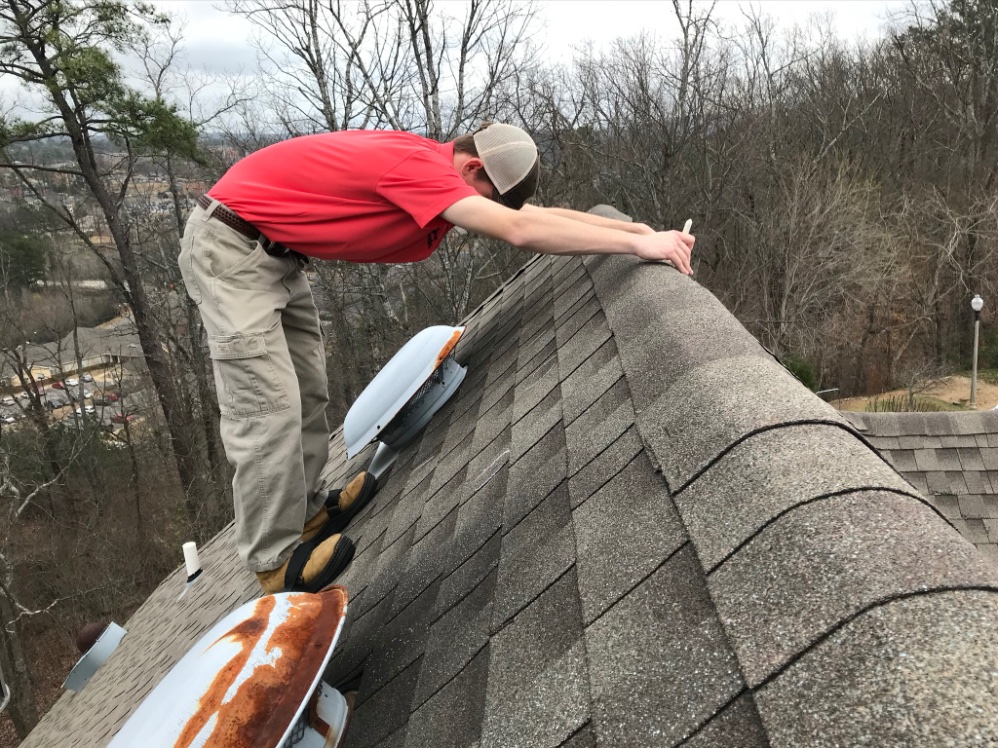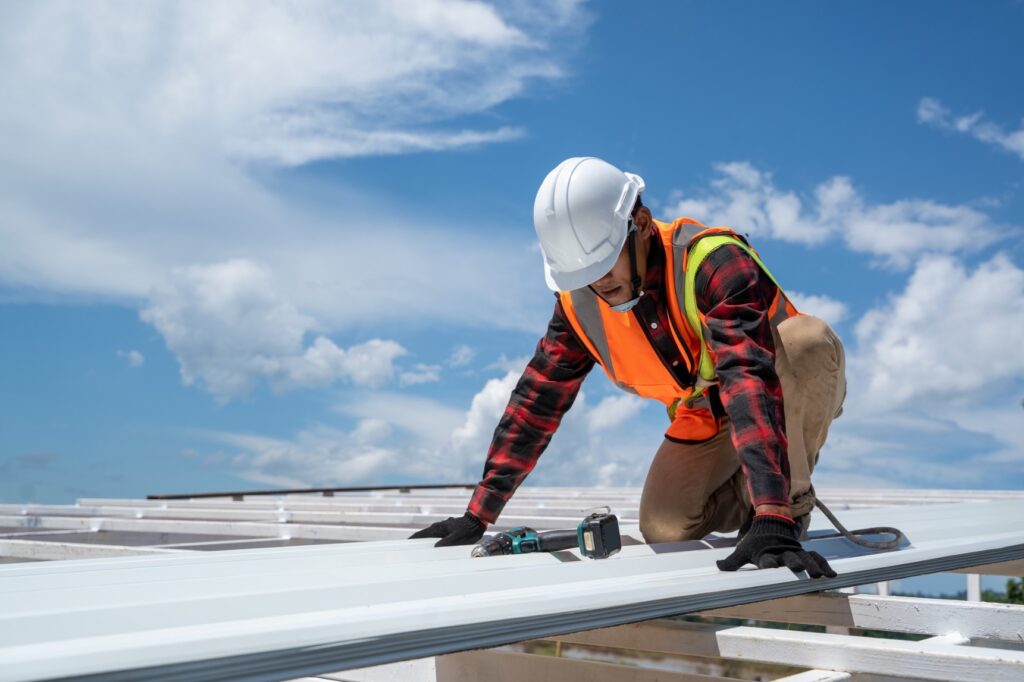Roofing is a profession that demands both skill and bravery. Every day, roofers face significant risks to repair and install roofs, ensuring our homes and buildings are safe. The inherent dangers associated with roofing make it one of the most hazardous jobs, requiring a deep understanding of safety protocols and constant awareness of the environment. In this detailed exploration, we delve into why roofing is so dangerous and highlight the critical measures that help protect the brave individuals in this challenging field.

1. Height and Fall Risks
The most apparent and formidable risk for roofers is the height at which they must work. Even a fall from a relatively low height can result in serious injuries or fatalities. According to occupational safety reports, falls are the leading cause of death in construction, and roofers are particularly vulnerable. Slippery surfaces, sudden gusts of wind, or a momentary loss of balance can have dire consequences.
2. Weather Conditions
Roofing is highly dependent on weather conditions, which can enhance risks significantly. Working in high temperatures can lead to heat exhaustion or heatstroke, while cold conditions bring the risk of hypothermia. Moreover, wet weather conditions can make roofs slick and increase the likelihood of slips and falls. Roofers must be vigilant and prepared to adapt to these conditions, often making real-time decisions to cease work if the weather becomes too perilous.
3. Physical Demands
Roofing requires high levels of physical strength and endurance. The job involves heavy lifting, bending, kneeling, and constant movement on uneven surfaces, which can lead to musculoskeletal injuries. The repetitive nature of the work increases the risk of chronic back, knee, and joint problems. Moreover, the need to constantly maintain balance on sloped surfaces puts additional strain on the body, compounding the physical challenges of the job.
4. Exposure to Harmful Substances
Roofers are often exposed to hazardous materials, such as asbestos in older buildings, chemicals in roofing materials, and solvents used in adhesives and sealants. Prolonged exposure to these substances without proper safety equipment can lead to serious health issues, including respiratory problems, skin disorders, and even long-term illnesses like cancer.
5. Use of Power Tools and Equipment
The use of power tools on a roof adds another layer of risk. Saws, nail guns, and other power tools are not only dangerous on the ground but are even more so at height where handling them securely is more challenging. Accidental discharges of nail guns, mishandling of tools, or equipment failures can lead to injuries or exacerbate the dangers of falling.
6. Electrical Hazards
Roofers often work near power lines or may encounter electrical systems embedded in structures. Accidental contact with high-voltage lines can lead to electrocution, while unseen electrical hazards can pose unexpected risks, especially when handling metal materials and tools that can conduct electricity.
7. Psychological Stress
The constant physical danger of roofing work can lead to significant psychological stress. The fear of falling or being injured can be mentally taxing, not to mention the pressure to complete projects on tight schedules, regardless of the daunting conditions. This stress can affect concentration and decision-making, potentially leading to mistakes that may result in accidents.

Safety Measures to Mitigate Risks
Given these risks, stringent safety measures are non-negotiable in the roofing industry. Here are some critical safety protocols that help protect roofers:
- Fall Protection Systems: Harnesses, guardrails, safety nets, and other fall protection systems are essential.
- Proper Training: Comprehensive training in safety practices, equipment use, and first aid is crucial.
- Weather Guidelines: Clear guidelines on working conditions related to weather, ensuring work is halted during dangerous conditions.
- Regular Breaks: To prevent fatigue-related accidents, regular breaks are necessary, especially in extreme weather conditions.
- Personal Protective Equipment (PPE): Use of helmets, gloves, non-slip footwear, and other protective gear is mandatory.
- Routine Equipment Checks: Regular inspection and maintenance of tools and safety equipment help prevent malfunctions and accidents.
Conclusion
Roofing is one of the most dangerous jobs because of the height at which work is done, the tough and unpredictable conditions, and the physical demands. Understanding these risks and following safety measures are crucial for anyone in this field. By highlighting these dangers and emphasizing safety protocols, we can help protect those who work hard above the ground to keep our homes safe and strong. For roofers, every day is a balance between doing their job well and staying safe to avoid the risks. This blog honors their bravery and reminds us of the critical importance of safety in this high-risk job.
